Issue: Sheet Metal Distortion
The sheet metal is distorted if it is deformed such that the weld interface is out of the plane of the sheet metal, or if any of the sheets are displaced from their original plane.
Description
The weld is not in the plane of the surrounding metal (see Fig. 1). This condition is caused by the electrode faces not being parallel to the workpiece. Therefore, the application of welding force and current cause the weld to be made at an angle (A in Fig. 1) to the plane of the interface (out of plane condition).
The metals being welded do not have intimate contact in the area to be welded. The application of welding force and current causes one or both sheets to distort toward one another (Fig. 2, poor fit-up).
The weld is offset from the plane (or planes) of the metals to be welded (see Figs. 2 and 3).
Detection
Detection is typically made by a postweld visual inspection of the work piece.
Significance
Quality, Workplace Issues, Cost, Downtime, Maintenance, Throughput (cycle time; PPH) are all potentially affected by this condition. Special considerations are noted below:
Quality: Thinning of the metal in the distorted weld area may cause a distorted weld to be weaker than a nondistorted weld. The distorted area may not meet the surface appearance requirements. Flange distortion may adversely affect application of rubber seals.
Possible Causes
Strong Possibilities
- Damaged part
- Inadequate or no gun equalization
- Incorrect workpiece selected
- Poor or varying part fit-up
- Poor weld accessibility
- Welds wrongly located by fixture/robot/operator
Weak Possibilities
- Electrode skidding/sliding
- Inadequate electrode alignment
- Incorrect hoses
- Incorrect test procedure
- Tip faces not parallel to workpiece
- Wrong cable/shunts
- Wrong shank
- Wrong tips
Note: Also see Mislocated/Edge Welds


